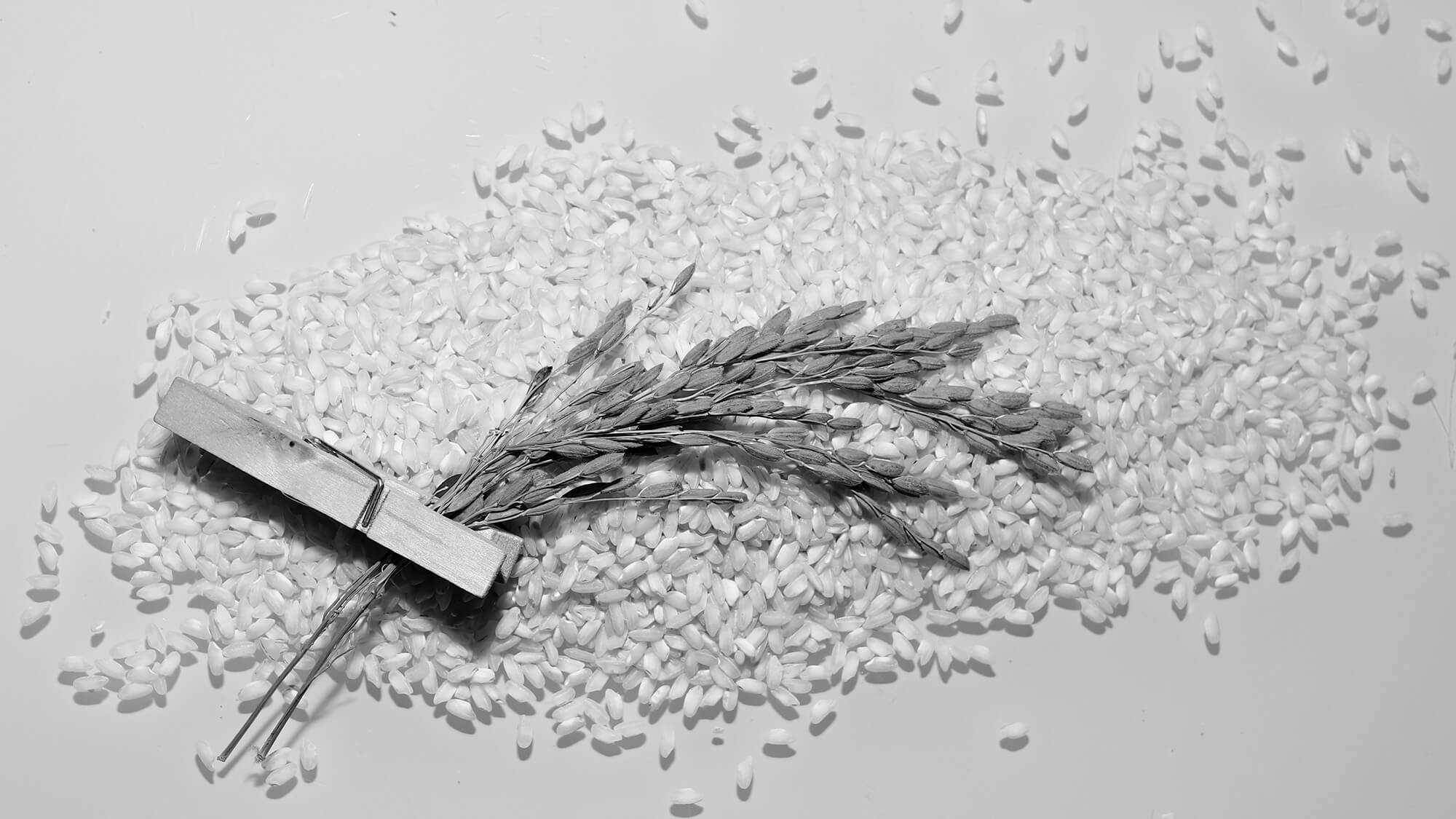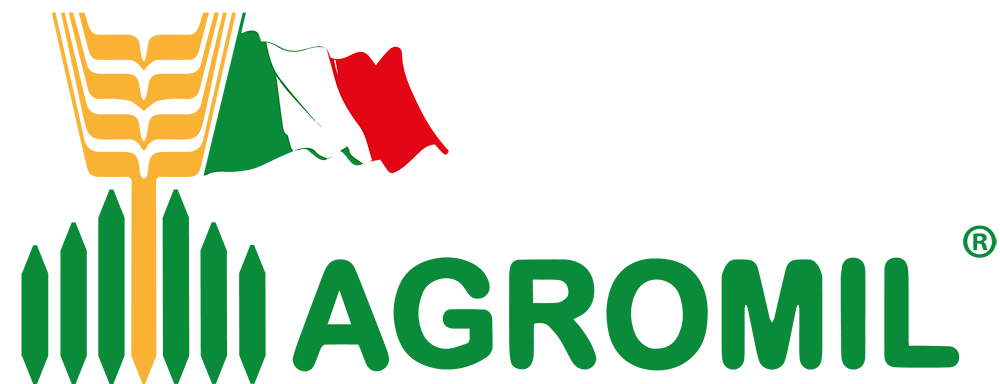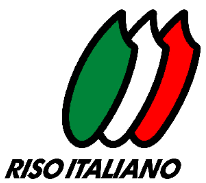Curiosities from the rice world
THE HISTORY
Rice is one of the best-known cereals in the world, used by mankind for about 10,000 years, and is thus believed to date back even further than wheat. It is also the most consumed cereal in the world, as the main food for about half the planet’s population.
This plant, native to the regions of south-east Asia, began to become popular in the western world around the 6th century BC.
In the Greco-Roman world, rice was considered an exotic, extremely expensive foodstuff, a reputation that endured until the Middle Ages.
This plant, native to the regions of south-east Asia, began to become popular in the western world around the 6th century BC.
In the Greco-Roman world, rice was considered an exotic, extremely expensive foodstuff, a reputation that endured until the Middle Ages.
In Italy, rice cultivation began to spread in the areas of Milan and Vercelli between the end of the 14th and beginning of the 15th centuries. Today, these areas, with the provinces of Pavia and Novara, still constitute the quadrilateral of first-class rice production. Rice is now grown in Egypt, the US, Brazil and Australia, as well as almost all East Asian countries.
THE PLANT AND ITS CULTIVATION
Rice is a tropical plant that needs adequate temperature and humidity and loves water. It requires a hot-humid climate and can reach a height of about 1 metre. When the grain ripens, the rice plant resembles that of oats.
The plant develops from spring to late summer with a vegetative cycle of between 150 and 180 days. A temperature of around 30°C is required for the plant to flower, and it has been calculated that around 3,000 to 10,000 litres of water are needed to obtain one kilogram of rice.
There are basically four cultivation phases: preparation of the soil, submersion of plots of land and sowing, weed removal, and harvesting.
There are basically four cultivation phases: preparation of the soil, submersion of plots of land and sowing, weed removal, and harvesting.
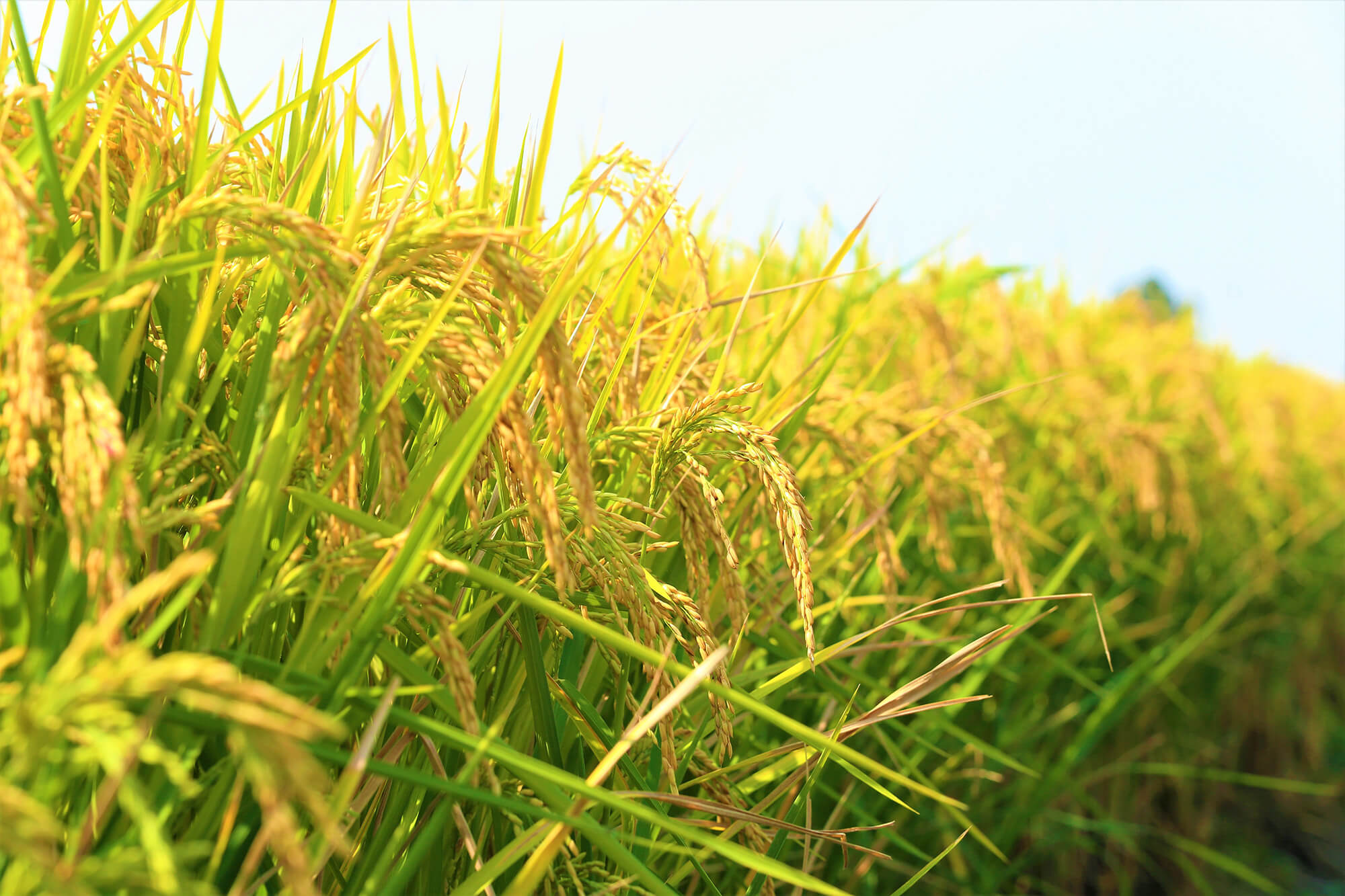
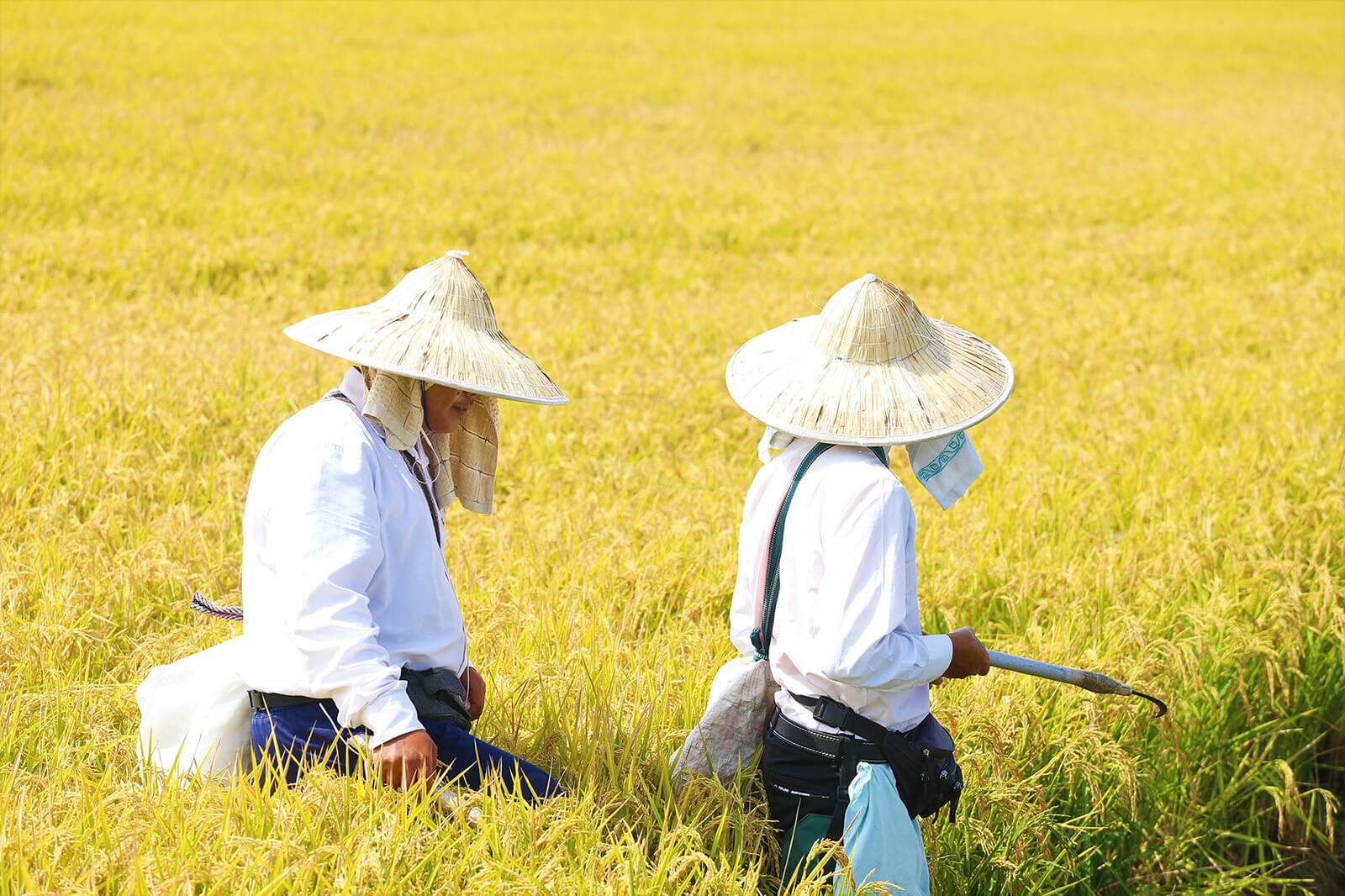
These operations, once entrusted to thousands of workers, are now fully mechanised in Italy. The change came about in the rice fields starting from the end of the 1950s, when the machines, fertilisers and selective formulations for eliminating weeds reached a sufficient stage of development.
One of the most evocative moments in rice cultivation is undoubtedly the springtime flooding of the land, achieved with a complex system of channels. The rice field is transformed into an artificial lagoon as far as the eye can see, which in a few weeks will change from silver to pastel green as the young seedlings gradually emerge from the water.
One of the most evocative moments in rice cultivation is undoubtedly the springtime flooding of the land, achieved with a complex system of channels. The rice field is transformed into an artificial lagoon as far as the eye can see, which in a few weeks will change from silver to pastel green as the young seedlings gradually emerge from the water.
THE HARVEST
The harvest is equally fascinating. The combine harvesters, which quickly cut the rice and separate it from the straw, perform a considerable quantity of work over large surfaces in a short period of time. In recent years, thanks to a great step forward in technology in general but also and above all in agriculture, these sophisticated machines have made the harvesting phase faster and more efficient. When the cereal is sent by trailers from the fields to the farms, it has a humidity between 20% and 30%. The rough rice, or paddy rice, is then placed in the drying systems so that the humidity drops to 14-15% in order to avoid deterioration processes.
The freshly harvested rice grain is coated with a multi-layered casing tending to brown or yellow and containing many substances.
Underneath the different protective layers (or integuments) which taper from outside to inside is the caryopsis. Each grain also bears an embryo, placed in a small sac called a spermoderm, which is essential for the species to perpetuate. The grain is made up of proteins and, in the innermost area, of small and angular starch granules, compact and gathered in clusters.
The freshly harvested rice grain is coated with a multi-layered casing tending to brown or yellow and containing many substances.
Underneath the different protective layers (or integuments) which taper from outside to inside is the caryopsis. Each grain also bears an embryo, placed in a small sac called a spermoderm, which is essential for the species to perpetuate. The grain is made up of proteins and, in the innermost area, of small and angular starch granules, compact and gathered in clusters.
RICE VARIETIES
Rice is classified as a commodity in the groups of common, semi-fine, fine, and super-fine varieties. The attribution of cultivated varieties depends on the length and thickness of the grain, its appearance and its behaviour when cooked. Common grains have a length of under 5.4 mm, semi-fine from 5.4 to 6.4 mm, while fine and super-fine reach 6.4 mm. Some needle-like varieties, produced in the East, are even longer.
PROCESSING
Transforming rough rice into edible rice is a fully mechanical process, therefore no adulteration processes can be introduced to its detriment.
Then as now, the principle used to process rice is “husking”. Rough rice was once placed in a mortar called a “pila” in Italian. A pestle with a metal tip, operated manually or by the force of water, acted rhythmically on the grain, freeing it from the outer layers containing fats and albumins. The embryo or bud, rich in oil, was also separated. Since the operation inevitably broke a high percentage of grains, they needed to be eliminated, together with other impurities, using oscillating sieves hung from the ceiling with ropes.
Transforming rough rice into edible rice is a fully mechanical process, therefore no adulteration processes can be introduced to its detriment. Then as now, the principle used to process rice is “husking”. Rough rice was once placed in a mortar called a “pila” in Italian.
A pestle with a metal tip, operated manually or by the force of water, acted rhythmically on the grain, freeing it from the outer layers containing fats and albumins. The embryo or bud, rich in oil, was also separated. Since the operation inevitably broke a high percentage of grains, they needed to be eliminated, together with other impurities, using oscillating sieves hung from the ceiling with ropes.
Then as now, the principle used to process rice is “husking”. Rough rice was once placed in a mortar called a “pila” in Italian. A pestle with a metal tip, operated manually or by the force of water, acted rhythmically on the grain, freeing it from the outer layers containing fats and albumins. The embryo or bud, rich in oil, was also separated. Since the operation inevitably broke a high percentage of grains, they needed to be eliminated, together with other impurities, using oscillating sieves hung from the ceiling with ropes.
Transforming rough rice into edible rice is a fully mechanical process, therefore no adulteration processes can be introduced to its detriment. Then as now, the principle used to process rice is “husking”. Rough rice was once placed in a mortar called a “pila” in Italian.
A pestle with a metal tip, operated manually or by the force of water, acted rhythmically on the grain, freeing it from the outer layers containing fats and albumins. The embryo or bud, rich in oil, was also separated. Since the operation inevitably broke a high percentage of grains, they needed to be eliminated, together with other impurities, using oscillating sieves hung from the ceiling with ropes.
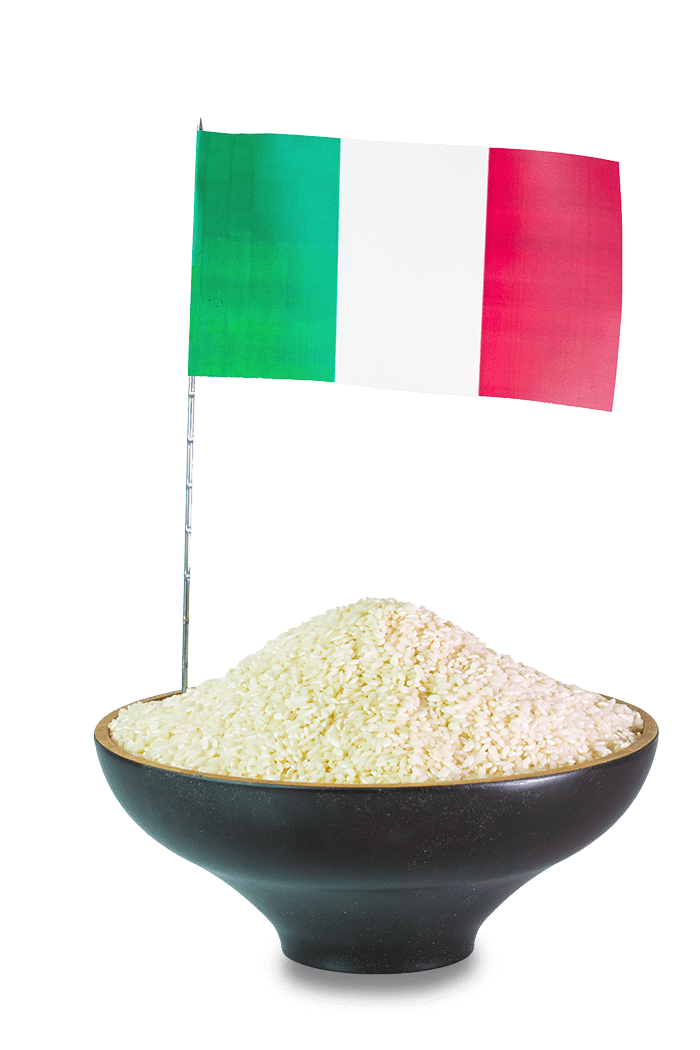
RICE AROUND THE WORLD
Worldwide, the cultivation of rice has expanded significantly in recent years, reaching production of around 750 million tonnes per year. In the same period, harvests have increased by over 44% and, thanks to new technologies, production has intensified and the quantity of rice obtained from each hectare cultivated has improved.
It is estimated that today there are 60 kg available to each inhabitant of the Earth, 10 kg more than five years ago. It is a concrete, but not sufficient, contribution to the fight against hunger with highly dramatic phases in Africa, Asia and Latin America where rice, widely cultivated, holds the place that bread occupies in the West. Suffice it to say that a Japanese person eats 80 kg of rice per year and an inhabitant of the Indochinese peninsula consumes about 150 kg, while a European rarely exceeds 5 kg.
It is estimated that today there are 60 kg available to each inhabitant of the Earth, 10 kg more than five years ago. It is a concrete, but not sufficient, contribution to the fight against hunger with highly dramatic phases in Africa, Asia and Latin America where rice, widely cultivated, holds the place that bread occupies in the West. Suffice it to say that a Japanese person eats 80 kg of rice per year and an inhabitant of the Indochinese peninsula consumes about 150 kg, while a European rarely exceeds 5 kg.
ITALIAN PRODUCTION
Our country is the largest European producer of rice and 26th in the world. The rice fields cover about 200,000 hectares and are located, in order of size, in the provinces of Vercelli, Pavia, Novara, Milan, Alessandria, Ferrara, Oristano, Mantua and Verona and in some central and southern areas.
Annual production exceeds 14 million quintals of paddy rice, representing 0.38 per cent globally. An average of 55-60 quintals are obtained from each hectare, whereas in the past it barely exceeded 24 quintals.
The national market absorbs just over 4 million quintals of processed Italian rice, EU countries around 5 million, and non-EU countries just over 1 million (2018 harvest, source Enterisi).
Annual production exceeds 14 million quintals of paddy rice, representing 0.38 per cent globally. An average of 55-60 quintals are obtained from each hectare, whereas in the past it barely exceeded 24 quintals.
The national market absorbs just over 4 million quintals of processed Italian rice, EU countries around 5 million, and non-EU countries just over 1 million (2018 harvest, source Enterisi).
